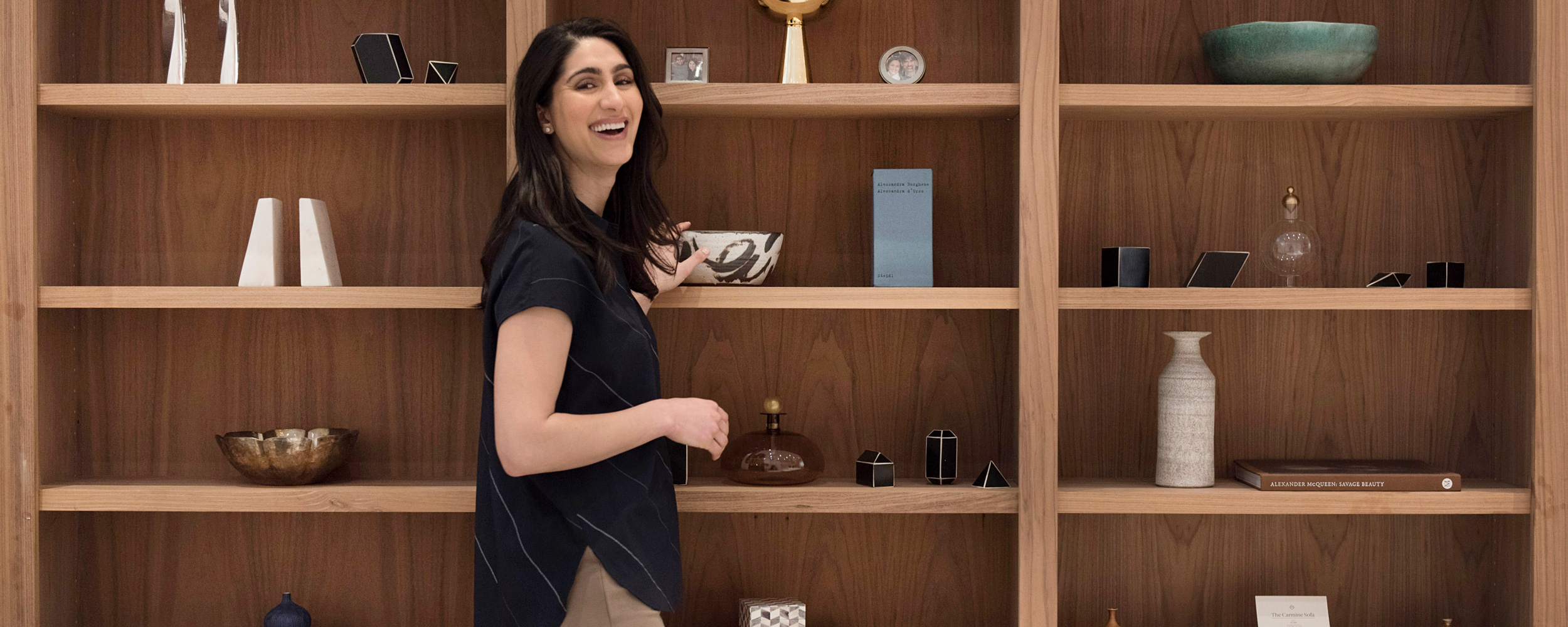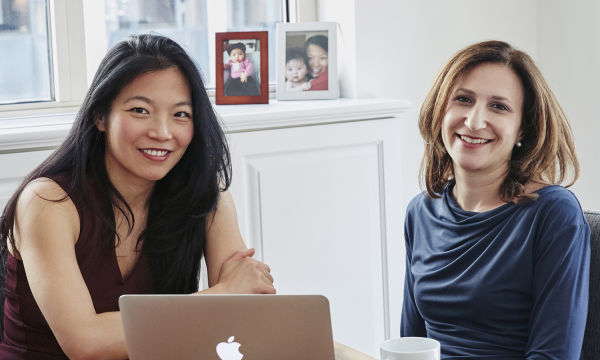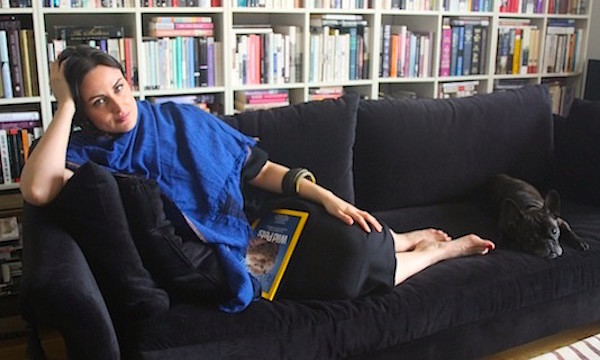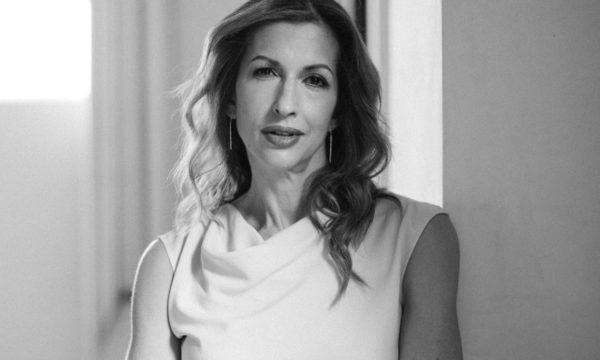Are You Sitting Down? Nidhi Kapur Is Upending the Furniture Industry
April 01, 2017 | Filed in: Woman of the Week
A few years ago, Nidhi Kapur was just another young professional on a fruitless search for the perfect living room sofa. Last month, she launched Maiden Home, an online furniture retailer with a revolutionary new business model. Instead of selling ready-made pieces with high markups, she offers custom-made pieces ordered directly from craftsmen in North Carolina, with no middlemen involved. The result: luxury-quality furniture, made according to your specifications, without the designer price tag. We visited her New York showroom (which also happens to be her home) to talk couches, risk aversion, and following your gut.
BEFORE I STARTED MAIDEN HOME, I had the amazing experience of being the head of business development at Birchbox as the company went from 30 to 300 people. You see so much when you’re in a leadership role during a growth period like that, and I learned a ton. I was in charge of all our strategic partnerships with brands that ranged from Madewell and J.Crew to JetBlue. It was a general crash-course in building a startup. Before that, I’d worked for really big companies—Google and McKinsey—which both had lots of infrastructure. At Birchbox, it was my first time flying blind. Everything I did was for the first time, and there wasn’t a playbook to follow.
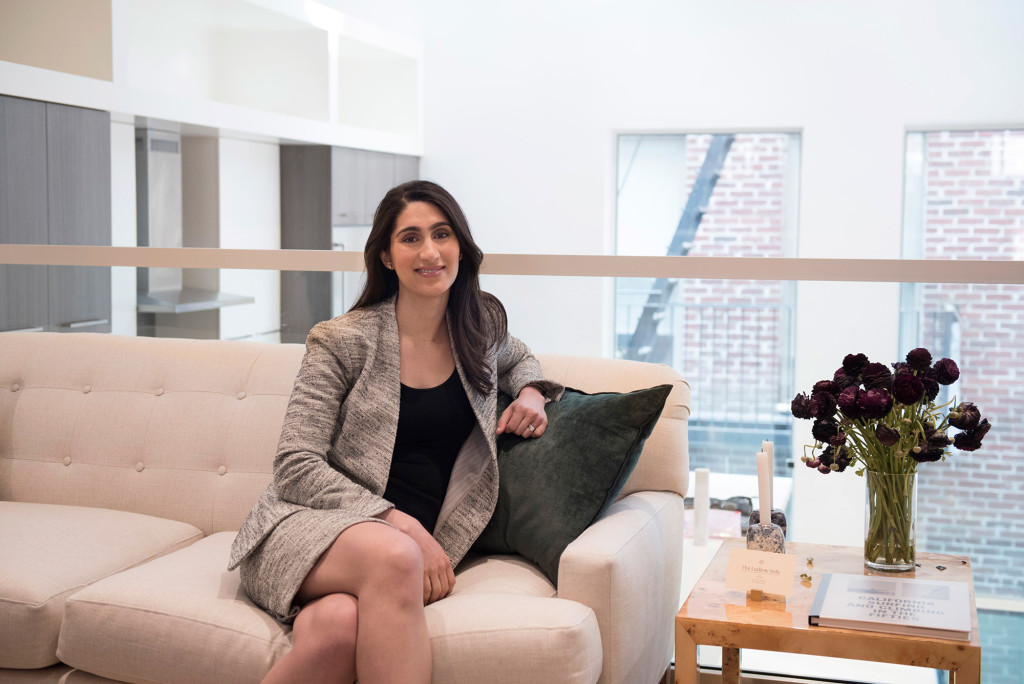
Nidhi Kapur sits on one of Maiden Home’s sofas in the Wharton jacket and Noho skirt in bouclé.
FURNITURE IS A BIG LEAP FROM BEAUTY, obviously. I got the idea for Maiden Home based on my personal experience of furnishing the first apartment I shared with my husband in New York—our “maiden home,” which is how I got the name for the company. A lot of our friends were in a similar phase of life: ready to trade up from the disposable furniture we got in our twenties, and trying to buy more intentionally. We were all looking for higher quality, better designs, and things that weren’t cookie-cutter, and it was incredibly frustrating. It seemed like the only options were the same five brands, and their offerings weren’t just generic—they weren’t a good bang for your buck. Anyone doing 45 minutes of research will find that the furniture industry is full of poor-quality goods and very high markups. So that’s the problem I wanted to solve—luxury furniture at a better value. My background at Birchbox gave me the confidence to know I could tackle this, even as an industry outsider.
I NEVER THOUGHT OF MYSELF as very entrepreneurial. If anything, I was always pretty risk-averse. I grew up in the Bay area, in an immigrant family; I was raised by a doctor and an engineer, and my parents were born and educated in India. They followed tried-and-true professional paths, and placed a huge focus on academics for us. They were very practical, and there wasn’t much room for creative pursuits, because their priority was making it in this country—you know, the classic immigrant story. Then I went to college at Stanford, in the heartland of an entrepreneurial hub. That’s where I gained the confidence and the exposure to start broadening my worldview, which led to me working at Google.
SOME OF MY RISK AVERSION is definitely still there. For example, I spent two years building this company before I felt comfortable launching it. I went much further than was probably necessary to perfect the product and process hundreds of orders before it was live. I hope it means I have a high-quality product at the end of the day, but it does take me longer to get there. To each her own.
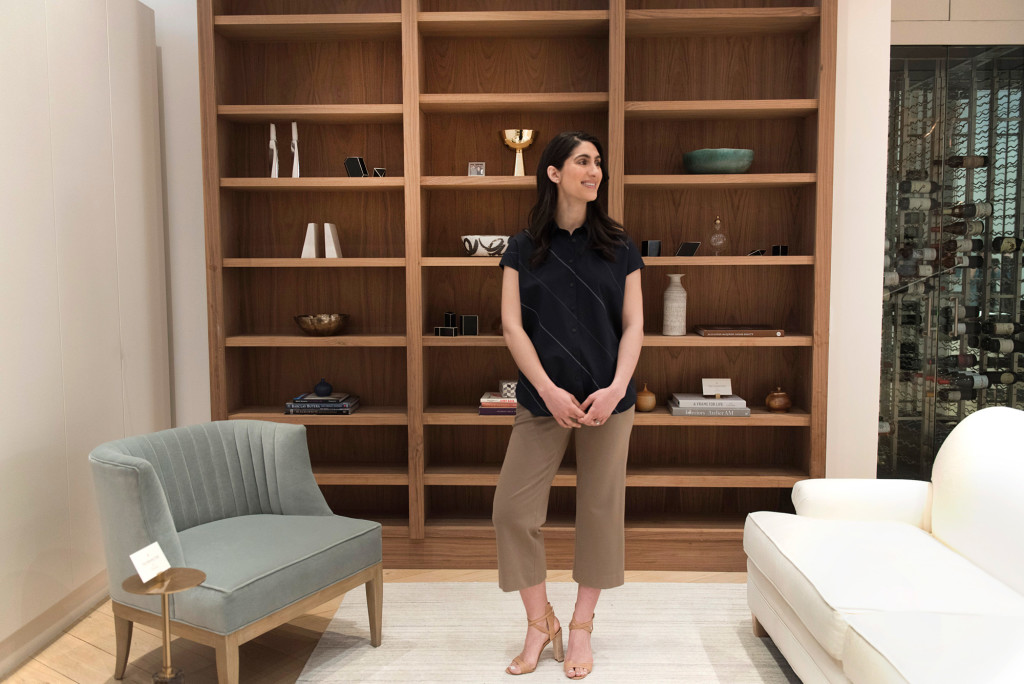
Nidhi wears the Blume top in slant stripe with the Pippa pant in russet.
IT WAS REALLY HARD TO QUIT my job at Birchbox. When you’re at a quickly-growing, successful startup, there are always more experiences to be had. When do you pull the plug and say, “I’m going to force myself to look for something different”? But there came a point when the company was running like a well-oiled machine, and my day-to-day problem-solving wasn’t needed anymore. I started to feel a little bit of personal stagnation. I knew I wanted to try something new and different, maybe something of my own, but I truly didn’t know what it was. When I left, I jumped into unknown waters—I didn’t have anything lined up, and I didn’t have the idea for Maiden Home yet. It’s a luxury to be able to take the time to think about your next move, but I do think it’s important to constantly check in with yourself and say, “Am I growing? How am I growing? Is this the way that I want to grow? Is it enough for me?”
THE IDEA FOR MAIDEN HOME hit pretty quickly, and I was so excited about it right from the start. At first, though, it was a little bit hard to structure my time. I’m an organized person, but I was suddenly in a vacuum, accountable only to myself. I set daily, weekly, and monthly goals to create structure. I didn’t always hit the goals, because too much was unknown, but at least I had something to orient myself around. I would share my goals with my husband and my family, and say, “This week I’m doing this.” It was helpful to talk things out with other people, just to add a sense of accountability.
I DISCOVERED THAT a lot of the highest-quality furniture is made in this small town in North Carolina that’s full of custom upholstery factories. Decorators and wealthy people fly in from all over the world to shop there. I realized that we could harness this amazing craftsmanship and deliver it to the modern consumer in a much more efficient way. The manufacturers need this, too—when I looked into their business model, I found that a lot of them are struggling. A lot of craftsmen only sell to brick-and-mortar boutiques, and there are too many middlemen involved, but they don’t know how to access the online market. I felt like this could be a perfect marriage and a win-win-win for us, them, and the consumer.
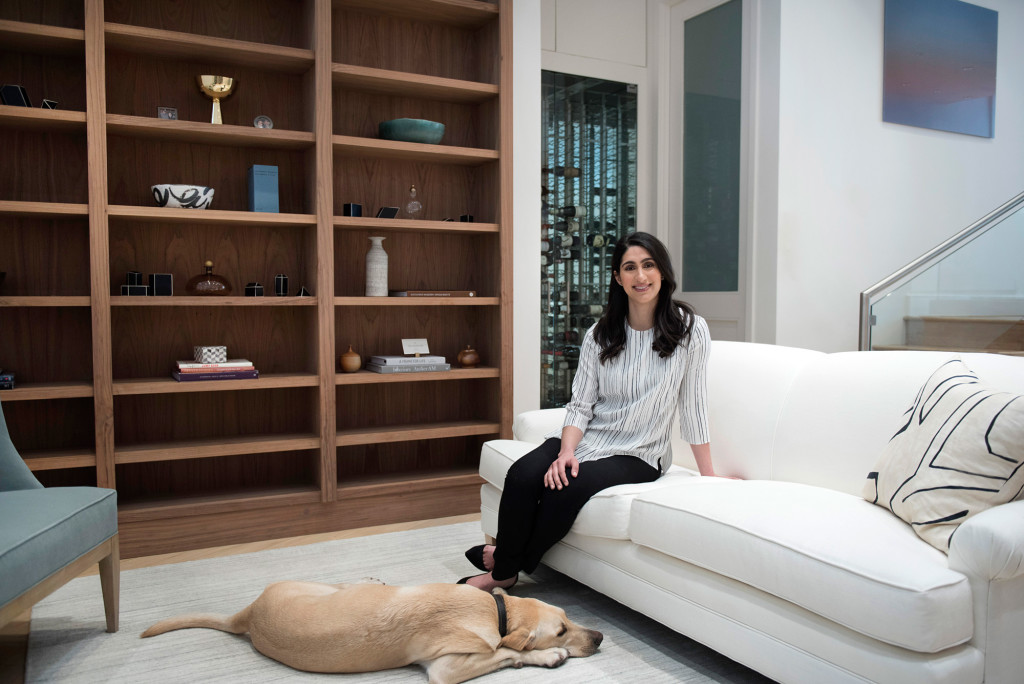
Nidhi wears the Bourgeois blouse in kohl stripe (coming soon) and the Foster pant in black. (And yes, her yellow labrador is sometimes allowed on the furniture. How could you say no to that face?)
WHEN I GAVE MY FIRST BIG pitch to a bunch of the North Carolina manufacturers, that’s when I realized that I was on to something. It was April 2015, and I didn’t know what to expect—I flew down there, and I was so nervous. And the very first meeting ended up being with one of the three factories we now partner with. They got the idea right away, and it gave me so much confidence. It was a huge turning point.
I’VE NEVER HAD THE ENERGY to keep up with trends, with my personal style and wardrobe and also décor. I find it exhausting. I think that everyone, deep down, has strong opinions about what they like and don’t like aesthetically, and I try not to overthink it. When it comes to getting dressed, I know my body, and I go with what feels good. I’m pretty low-maintenance. I really like the concept of a ten-piece wardrobe that combines to make unlimited outfits because everything goes together—maybe someday I’ll achieve it.
THE FURNITURE WE MAKE is similar to the rest of my aesthetics: clean, simple, timeless. A well-rounded furniture collection should have a slipper chair, a lounge chair, a wood arm chair—classic, beautiful silhouettes. That was the framework I created. From there, I worked with a team of furniture designers, and they helped me bring everything to life. There was a lot of saying “yes” and “no.” They would ask me, “Do you like these buttons? How much do you want them pulled in?” And I would decide. I try to go with my gut.
Photographs by Liz Clayman.





